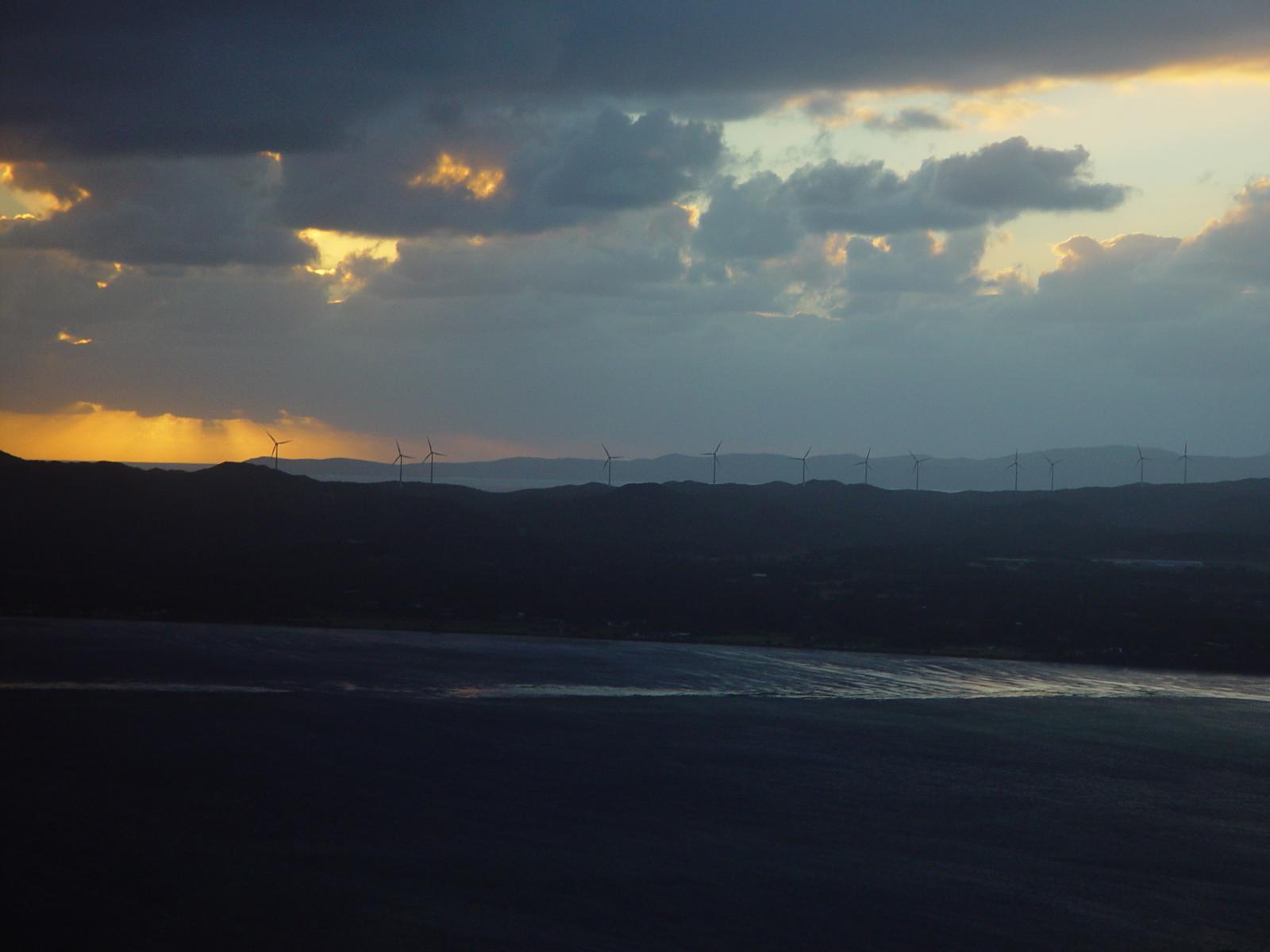-
Template: Sticky
This is a sticky post. There are a few things to verify: The sticky post should be distinctly recognizable in some way in comparison to normal posts. You can style the .sticky class if you are using the post_class() function to generate your post classes, which is a best practice. They should show at the…
-
WP 6.1 Font size scale
This test post was generated using the block theme Emptytheme in WordPress 6.1.1. Small H2 Heading Medium H2 Heading Large H2 Heading Extra Large H2 Heading Small paragraph Medium paragraph Large paragraph Extra Large paragraph
-
WP 6.1 spacing presets
This test post was generated using the block theme Emptytheme in WordPress 6.1.1. On this page, some group blocks have border or background color set to increase visibility. This group has a no background color and no additional spacing set. This group has a background color but no additional spacing set. This group has a…
-

WP 6.1 Theme block category
This test post was generated using the block theme Emptytheme in WordPress 6.1.1. Navigation block with page list: Site logo: Site title: Tagline block: Query loop „Title & Date“ variation: Query loop „Title & Excerpt“ variation: Query loop „Title, Date & Excerpt“ variation: Query loop „Image, Date & Title“ variation: Avatar block: Post title block:…
-
WP 6.1 Design category blocks
This test post was generated using the block theme Emptytheme in WordPress 6.1.1. One single column inside a columns block. Column one. The background color is on the single column. Column two Column one. The background color is on the parent columns block. Column two Column three Group with paragraph inside. Below are the group…
-
WP 6.1 Media category blocks
This test post was generated using the block theme Emptytheme in WordPress 6.1.1. Image block: Gallery: Audio: Cover: This is the Media & Text block with an image on the left. This is the Media & Text block with a cropped image on the left This is the Media & Text block with a video…
-
WP 6.1 Text category blocks
This test post was generated using the block theme Emptytheme in WordPress 6.1.1. Paragraph H1 Heading H2 Heading H3 Heading H4 Heading H5 Heading H6 Heading Quote block citation classic block Preformatted block Pull quote Citation table cell table cell two table cell three table cell four Table caption header label one header label two…
-
Willkommen beim Gutenberg-Editor
Das Ziel des neuen Editors ist es, das Hinzufügen von umfangreichen Inhalten in WordPress einfach und angenehm zu gestalten. Dieser ganze Beitrag besteht aus einzelnen Inhalts-Elementen, die LEGO-Steinen ähneln, die man bewegen und mit denen man interagieren kann. Lass den Mauszeiger kreisen und du wirst feststellen, dass um die verschiedenen Blöcke herum Umrisse und Pfeile…
-
Block: Image
Welcome to image alignment! If you recognize this post, it is because these are blocks that have been converted from the classic Markup: Image Alignment post. The best way to demonstrate the ebb and flow of the various image positioning options is to nestle them snuggly among an ocean of words. Grab a paddle and…
-
Block: Button
Button blocks are not semantically buttons, but links inside a styled div. If you do not add a link, a link tag without an anchor will be used. Check to make sure that the text wraps correctly when the button has more than one line of text, and when it is extra long. Buttons have…